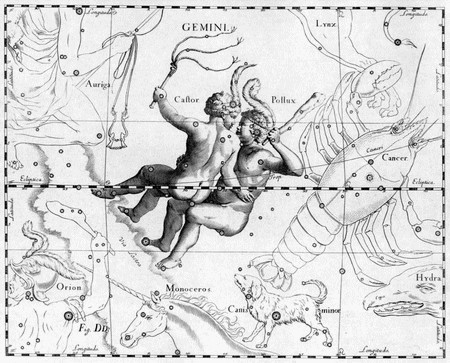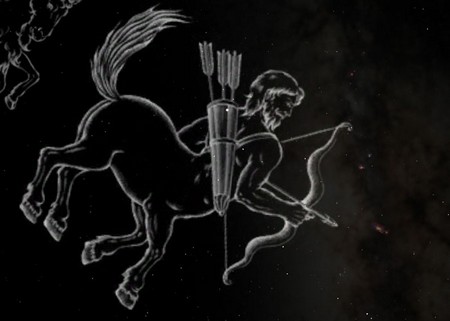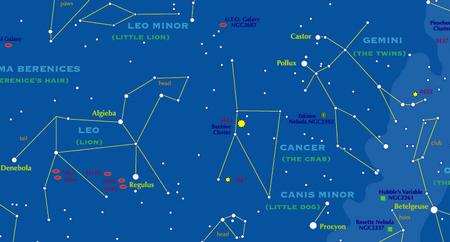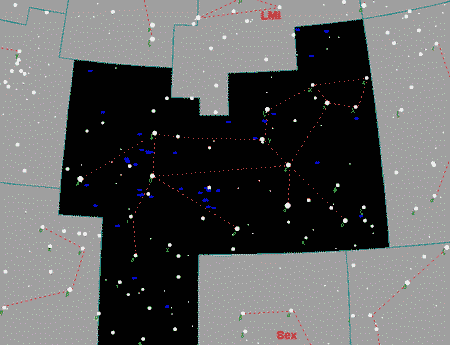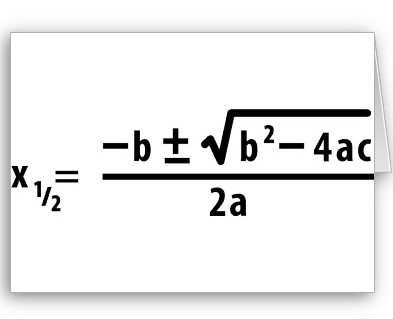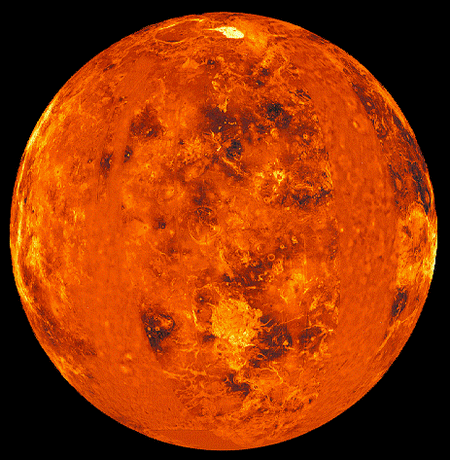3
2009
Who Discovered the Constellation Aries
Constellation Aries is found between Taurus and Pisces. When did this begin no one exactly knows. But the Greeks are widely believed to have put the vernal equinox in the constellation. Constellation Aries according to Greek mythology The most popular story about how Constellation Aries began is that of Phrinux and Helle. Athamas, king of Poitia, and his wife Nephele had a son and daughter. The son was named Phrixus, the daughter Helle. Years later […]
3
2009
Who Discovered Gemini
In astrology Gemini people are difficult to pin down. They are very creative and mysterious. The only downside is, what they like today they would end up hating tomorrow. Clusters of Gemini Gemini means “twins” in Latin. It is a constellation named after the twins Castor and Pollux in Greek mythology. The constellation is found between Taurus and Cancer. To its north are Lynx and Auriga, to the south Monoceros and Canis Minor. Constellation Gemini […]
3
2009
Who Discovered Constellation Sagittarius
Sagittarius contains a number of dazzling nebulae. Seen through a telescope, Sagittarius looks like a universe of light. In Latin Sagittarius means “the archer.” The constellation is associated with a centaur drawing a bow. Sagittarius is found in Capricorn to the east and Ophiuchus to the west. One of Sagittarius’s most spectral sights is the Lagoon Nebula (M8). It is considered a diffuse nebula: In the sky they look like scattered gold dusts. Lagoon Nebula […]
3
2009
Who Discovered the Constellations
Stars fascinate people all the time. Ancient and old civilizations have different ways of looking at stars. Some viewed stars as signs, some as other worlds. Farmers, poets, seafarers took the stars as reminders of good and bad luck. Ancient land and sea wanderers used the stars as memory aids so they would not be lost. On the other hand, farmers read the stars to prepare for a good or bad harvest. This lead to […]
3
2009
Who Discovered Constellation Leo
Constellation Leo is very easy to spot in the night sky. In spring it takes up much space in the northern hemisphere. In autumn Leo runs to the southern hemisphere. Leo is the fifth zodiac sign, but is the most visible of all. How do you know you are looking at Leo? You are supposed to see a crouching lion that looks to the west. You should see the head and mane clearly, above which […]
3
2009
Who Discovered the Quadratic Formula
This is the quadratic formula: x1,2=(-b/2a) ± (1/2a)(b2-4ac)1/2 It is said the quadratic formula has been used and known by man for thousands of years. The equation has changed a number of times, too. Some 2000 years ago, the Chinese, Babylonians, and Egyptians already knew the area of a square levels with the length of its sides. Using bales of hay, they figured they could stack nine bales more if the roof space were three […]
3
2009
Who Discovered Venus
Venus is the earth’s nearest neighbor. Aside taking its name from the Greek god of beauty, Venus is also known as the Evening Star. Venus can be seen in the sky before sunrise and after sunset. Venus is closer to the sun than it is to earth. The 6th largest planet in the solar system, is a rarity: It is the only planet that orbits clockwise. Venus rotates with barely 1% difference. Earliest sightings of […]
3
2009
Who Discovered Saturn
In the same manner that Gemini and most constellations were not discovered, Saturn has no known discoverer, either. Saturn and the rest of visible and partially seen space objects have been known by man since prehistoric times. Saturn’s rings were not seen, until the telescope was invented. On a clear night Saturn is easily visible in the sky. The ancient Greeks named planet Saturn after their god of time and agriculture. Saturn’s rings were not […]
3
2009
Who Discovered Potassium
Potassium is represented by the symbol K, from the Latin word kalium. Its atomic number is 9. Potassium was first derived from potash. It is quite easy to spot natural potassium because it is soft and silvery. It is an alkali metal that rusts fast when exposed to air and water. Potassium is found in nature as ionic salt. There is a large amount of potassium in seawater. Minerals have potassium, too.The cells in our […]
3
2009
Who Discovered Pi
Pi is a strange number. It is an irrational yet real number that is equal to 3.14159. According to Euclid, 3.14159 is the ratio of a circle’s circumference to its diameter. No matter how many decimals you bring Pi to, it never repeats a number sequence. Earliest calculators of Pi Pi has been known and used for thousands of years. The ancient mathematicians of Babylon were using Pi as early as the 19th BC. Pi’s […]

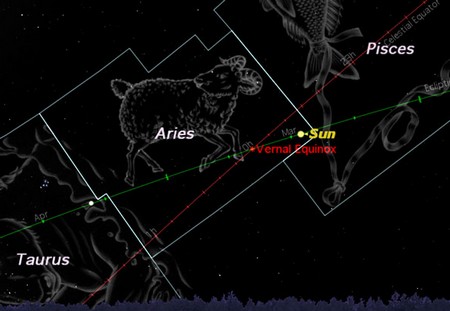
 An article by
An article by 
